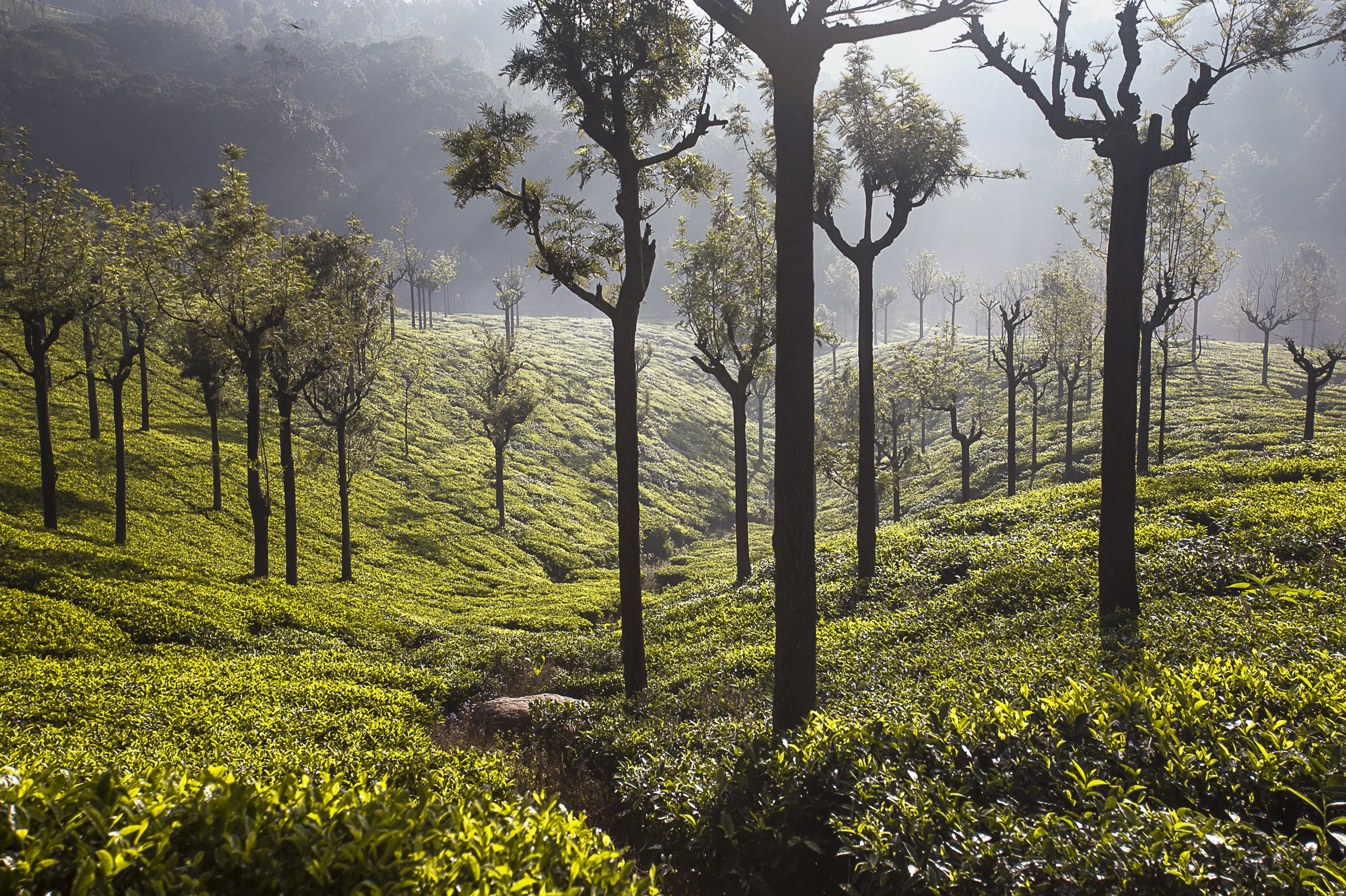
Hotels
•03 min read

Sacred groves are more than just patches of forest; they are living embodiments of ancient traditions that safeguard nature's bounty. In many villages across India, community-managed sacred areas serve as conduits between the spiritual and the ecological. This blog unveils the essence of these sanctuaries, exploring how spiritual forests are intertwined with traditional forest preservation, and why they are crucial to the conservation of our natural heritage.
Sacred groves are protected forest areas that are deeply intertwined with spiritual or religious beliefs. Unlike larger sacred forests, these groves are modest in scale but rich in cultural narratives and ecological value. They are considered hallowed ground and are often the focus of indigenous rituals and reverence.
The origins of sacred groves dig deep into ancient forest traditions. Long before modern conservation methods, communities established these sacred spaces as natural sanctuaries, respecting the balance between man and nature. Across India, iconic sites like the Khasi Hills in Meghalaya and the Aravali Hills in Rajasthan illustrate the timeless tradition of setting aside patches of forest for spiritual and environmental protection.
Sacred groves hold deep-rooted significance for indigenous communities. These sites are not only natural havens but also the stage for various rituals and ceremonies. Local traditions often include offerings to local deities or seasonal ceremonies that mark the changing cycles of nature. These rituals help renew the bond between the community and the natural world.
Local communities have been the backbone in preserving these cherished spaces. In many villages with sacred groves, collective conservation efforts have ensured the continued health of these forests. Through traditional knowledge, communal rituals, and modern awareness campaigns, communities work together to protect these sacred areas, highlighting the cultural significance of sacred groves and reinforcing traditional forest preservation practices.

Despite their modest size, sacred groves harbor a wealth of biodiversity. These areas serve as refuges for rare and endangered species that might otherwise disappear under the pressures of modern development. For example, the Mawphlang Sacred Grove in Meghalaya is famed for its exquisite orchids and varied flora, presenting a living gallery of nature's artwork.
Apart from their rich biodiversity, sacred groves play a significant ecological role. They help in conserving soil, retaining water, and regulating local climates. These community-managed sacred areas act as natural bulwarks, countering the effects of deforestation and habitat loss. Their role in traditional forest preservation underlines their importance in mitigating environmental degradation while promoting sustainable land management.
Modernization and urban expansion pose severe threats to many villages with sacred groves. Rapid urban development often leads to encroachment and deforestation, putting these spiritual forests at risk. As traditional practices give way to the demands of a changing society, the intrinsic value of sacred groves can be overlooked, and their protective boundaries jeopardized.
For the enduring survival of sacred groves, the backing of robust legal frameworks is essential. It is imperative that national and global environmental policies recognize and incorporate the cultural significance of these sites. Legal measures can help enforce protection, ensuring that these islands of biodiversity continue to thrive amid modern challenges.
Across India, numerous villages with sacred groves have witnessed inspiring rejuvenation projects. Community-led innovations and education campaigns have helped revive these natural sanctuaries. When local people unite in their efforts, sharing traditional knowledge alongside modern conservation techniques, the result is a reinvigorated landscape that honors both heritage and nature.
Sacred groves are increasingly celebrated as models for sustainable forest management. Their universal lessons are inspiring collaborations between local communities and environmental organizations worldwide. Embracing the spirit of ancient forest traditions, these sacred areas offer insights that resonate far beyond their geographical boundaries.

Did You Know? Sacred groves in India are estimated to number over 100,000, with many serving as biodiversity hotspots that are untouched by human exploitation. These spiritual forests are living examples of how ancient traditions can align with modern conservation goals.
Sacred groves can be found across India, with notable examples including the Mawphlang Sacred Grove in Meghalaya, the Kodagu Sacred Groves in Karnataka, and those found in the Aravali Hills of Rajasthan.
Sacred forests are larger areas that hold spiritual significance, while sacred groves are smaller, community-managed patches often dedicated to specific deities or rituals.
India is home to over 100,000 sacred groves, many of which are concentrated in states such as Meghalaya, Maharashtra, and Karnataka.
Sacred groves act as sanctuaries for rare and endangered species, preserving native flora and fauna, and serving as natural reservoirs of biodiversity.
Sacred groves face mounting pressures from urbanization, deforestation, and a lack of legal protection, all of which threaten their ecological and cultural significance.
Sacred groves are a testament to the legacy of ancient traditions that continue to offer invaluable environmental insights. These spiritual forests, nurtured by the very communities that cherish them, not only conserve biodiversity but also preserve a cultural heritage that inspires sustainable practices. In understanding and protecting villages with sacred groves, we honor a harmonious relationship that has sustained nature for centuries and invites us to learn from these timeless guardians of the land.